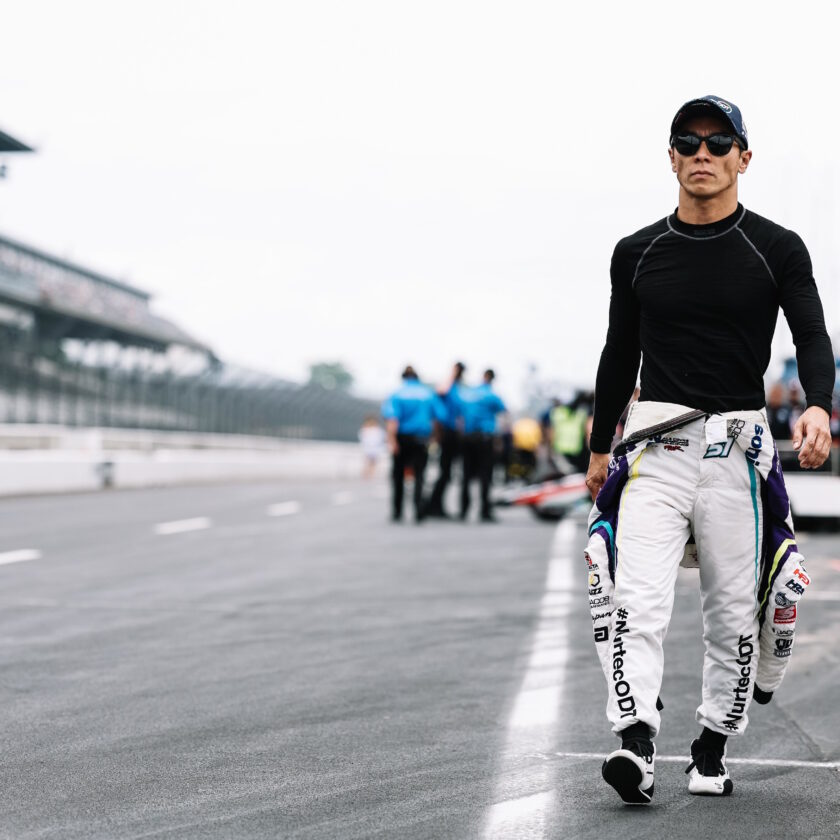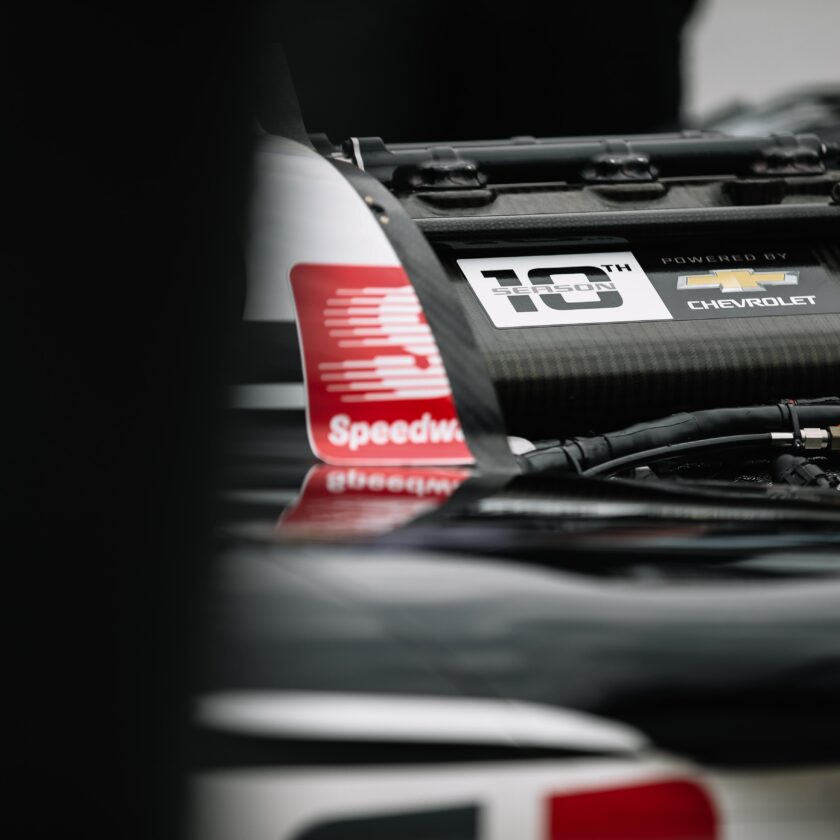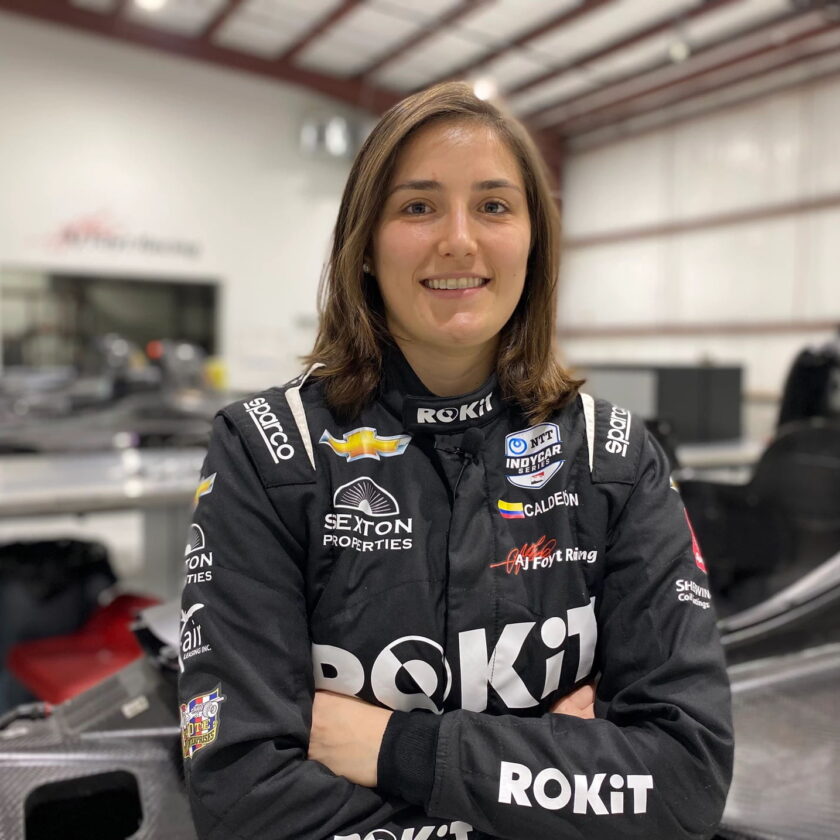The 2020 season opener of NTT IndyCar Series was run as a one-day race at Texas Motor Speedway under the name Genesys 300.
Due to the COVID-19 situation, the time on the track was limited. So they only had a single training, followed by the qualifying, while the race would be run on Saturday evening local time.
The defending champion Josef Newgarden had taken Pole Position, ahead of Scott Dixon and Simon Pagenaud.
Rinus VeeKay already put the ECR mechanics on overtime in the morning when he hit the wall early in the practice. As did the Andretti mechanics when they had to repair Ryan Hunter-Reay’s yellow car after he hit the wall in practice. For a while it looked like Hunter-Reay would secure Pole Position, but he ended up qualifying fourth.
Some mechanics who, on the other hand, finished their workday early were the RLL mechanics on Takuma Sato’s car. The Japanese crashed into the wall hard in qualifying, and with only two hours to go before the race, there wasn’t enough time to repair the car. Even though they tried until the very last minute.
VeeKay and Santino Ferrucci ended up missing the qualifying as VeeKay’s car still wasn’t ready, and Ferrucci’s mechanics had to solve a technical problem that already bothered him in the practice.
Jack Harvey had some problems with the speed in both the practice and qualifying. He was over ten mph slower than the Polesitter. If he was also slow in the race, he would be overlapped by the competitors just after ten minutes.
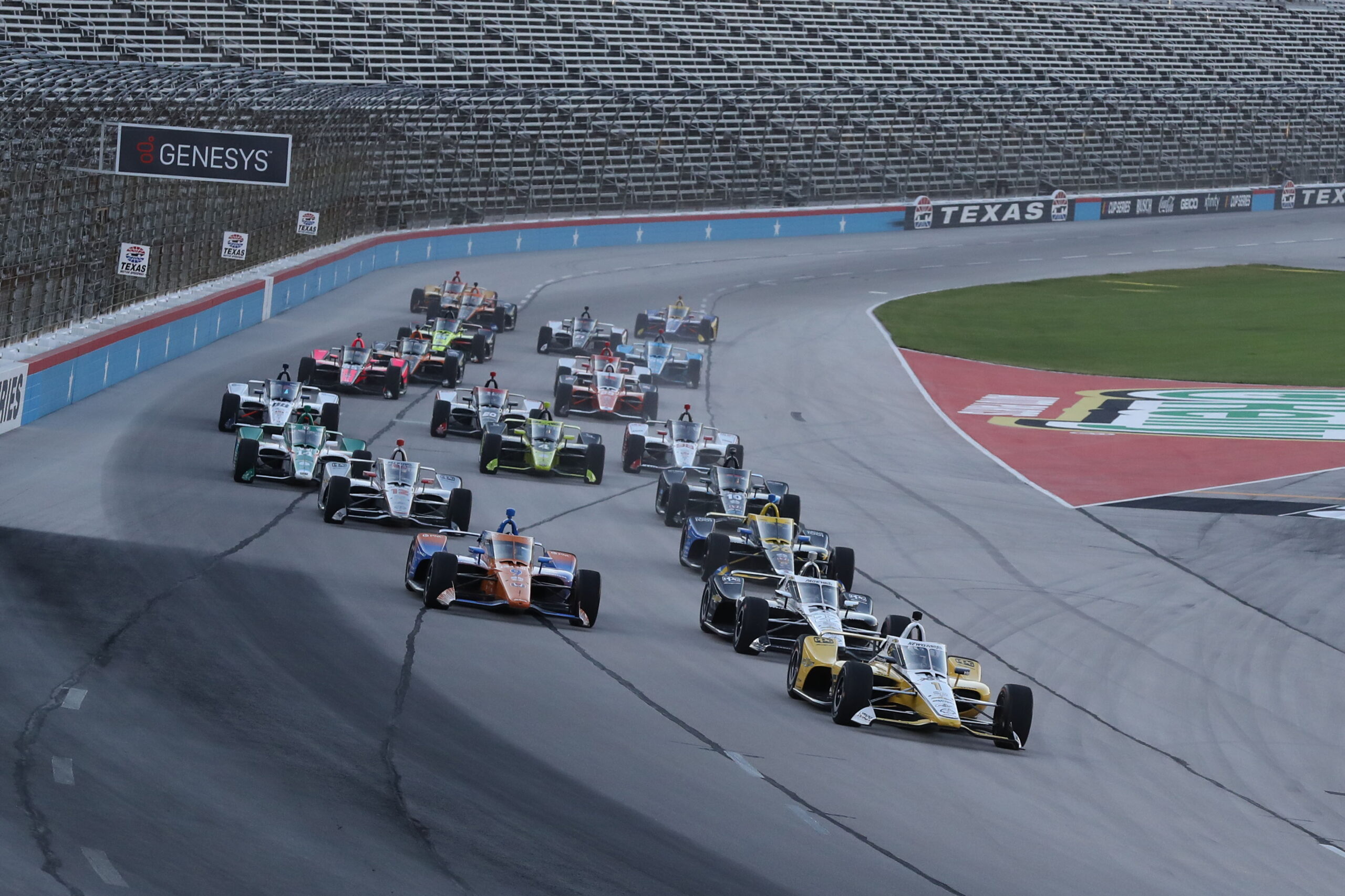
Photo: Indycar.com / Chris Owens
The 200-lap race started in daylight and would end in the evening.
There was already drama for both Alexander Rossi and Ryan Hunter-Reay before the race even started. Both drivers had problems with the electronic, so the mechanics had to change the ECU on each car, a few minutes before the green flag. Graham Rahal couldn’t start the car, so he lost his seventh start position and, like Rossi and Hunter-Reay, had to start from the back. Actually, Rahal lost one lap before he entered the track.
The start went well without any drama, and the cars drove peacefully on the first few laps. But things got worse for Rossi, Hunter-Reay and Rahal, who all got a drive-through penalty for the changes on the car before the start – or in other words that they couldn’t get the car started.
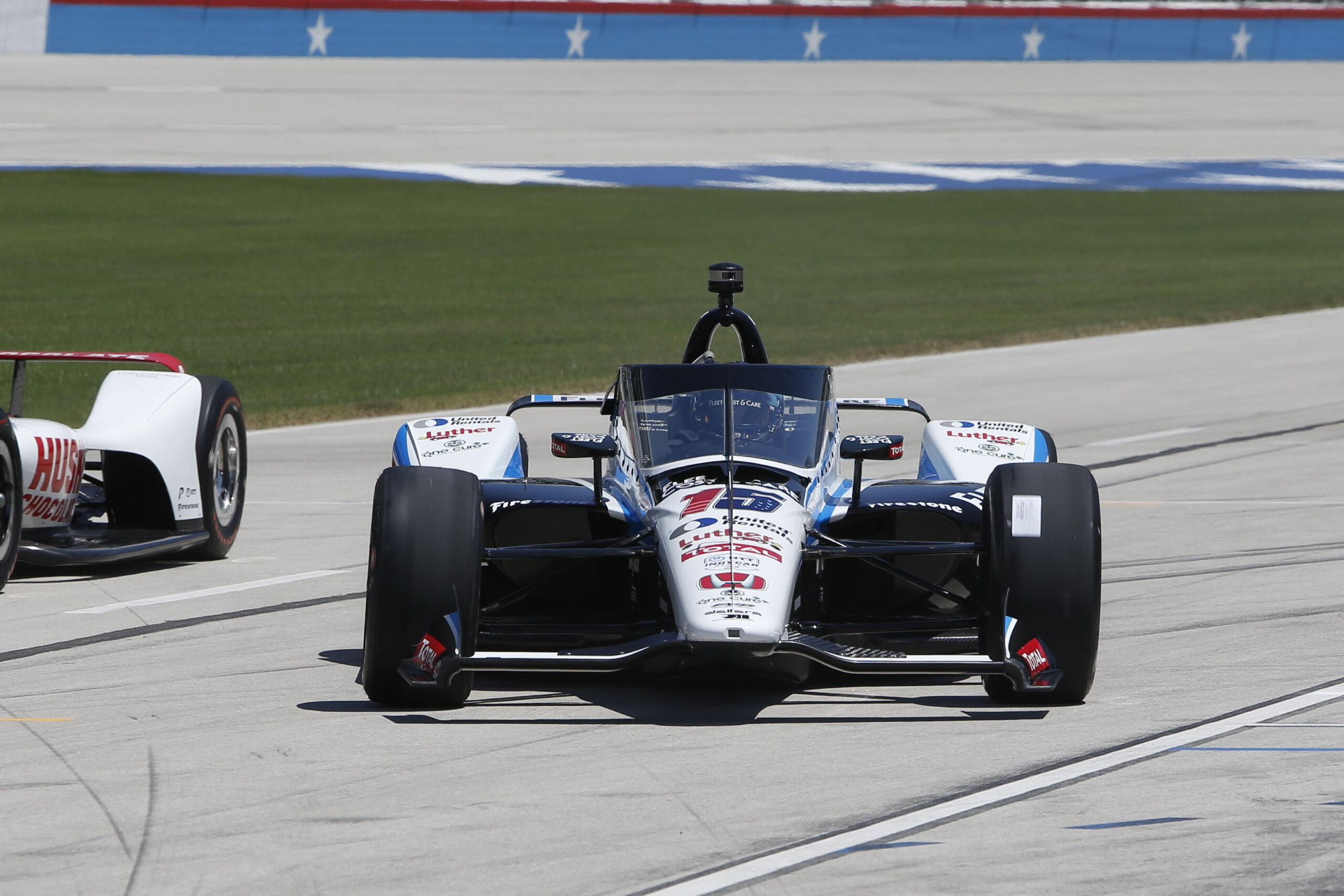
Photo: Indycar.com / Chris Jones
Firestone had set a limit of maximum thirty-five green laps for a stint for not risking the tires, since none of the teams had a chance to test in evening temperature before the race. Newgarden was the first person to pit after thirty-three laps. All the others waited until thirty-five laps.
Dixon took over the lead after the first pitstop round.
Shortly afterwards there was the first yellow flag of the day, when Alex Palou and Rinus VeeKay had a collision in Turn 2. VeeKay came way too high on the oval, lost the car, and crashed into Palou. Luckily, both drivers were okay, but the cars were out of the race. That was two of the tree rookies retiring from the race after only thirty-eight laps.
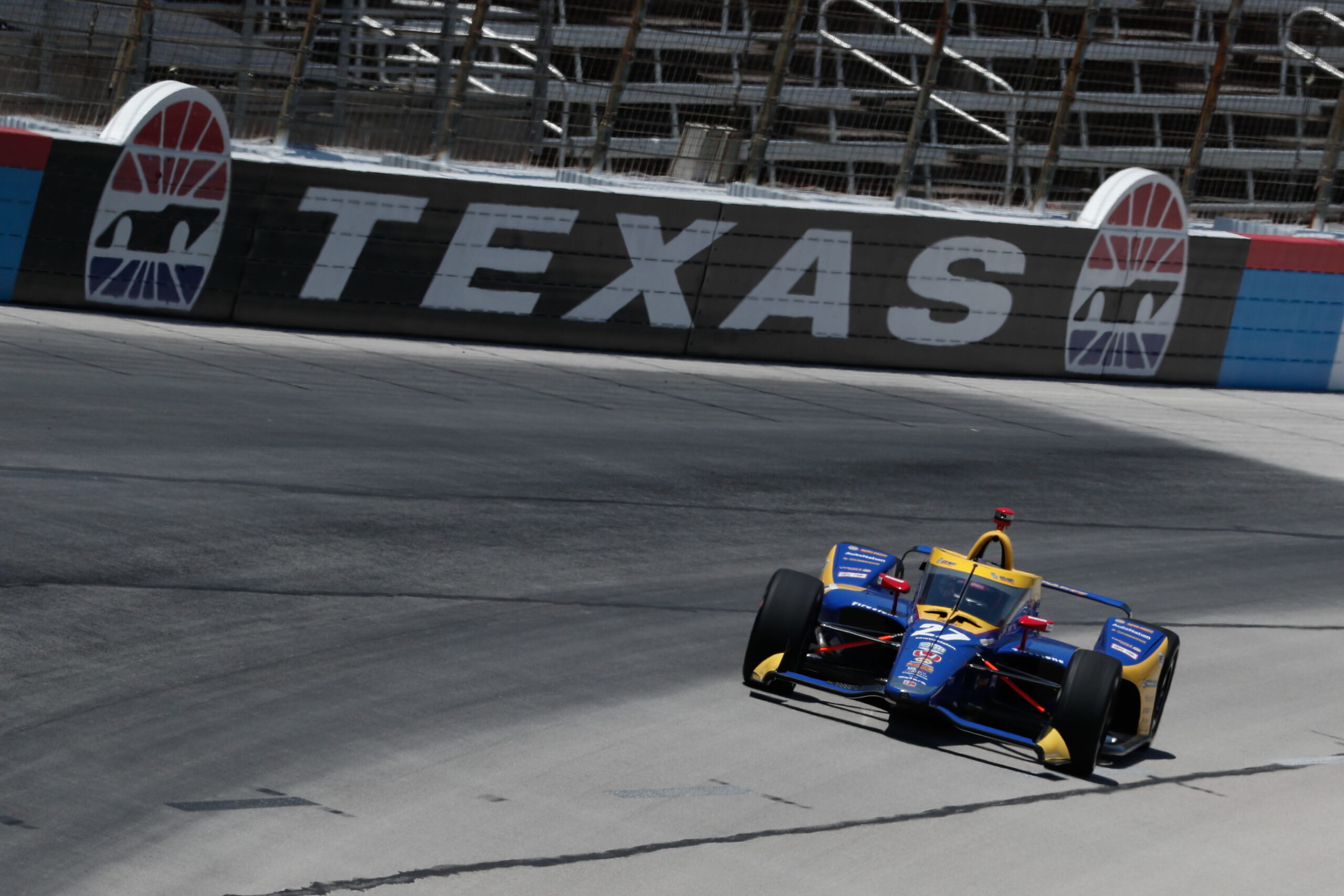
Photo: Indycar.com/Joe Skibinski
Oliver Askew was the last remaining rookie in the field, but both he and his Arrow McLaren Schmidt Peterson teammate Patricio O’Ward were far behind.
When the race got restarted, the two Penske teammates Newgarden and Pagenaud went to attack each other, letting Dixon escape in front. At the same time, they were under pressure by Felix Rosenqvist, who waited for them to make a mistake that he could exploit.
Conor Daly had good speed at the start of the race, having won nine positions in the first sixty laps.
Pagenaud started to lose speed at the end of his stint, so Rosenqvist drove past him seventy-six laps into the race.
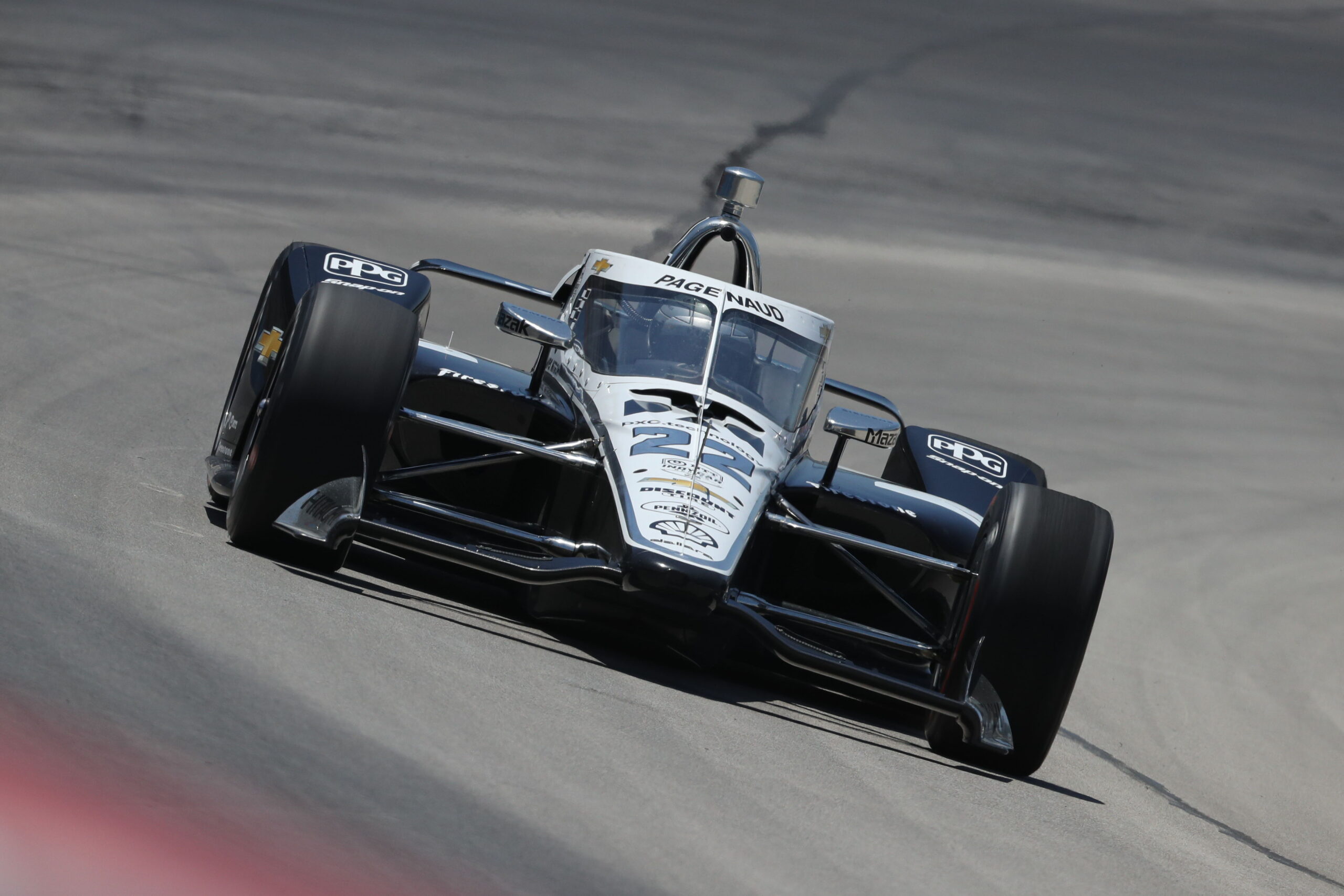
Photo: Indycar.com / Chris Owens
The second yellow flag of the day came after seventy-seven laps as there was small debris on the track which should be picked up. All the teams used the chance to do their second pitstop. Dixon lost the lead when his right rear tire took a bit of time to be taken off under the pitstop, but he still left the pits in the third position. Will Power drove off too early, before his right rear tire was put properly. It took some time before the mechanics could raise the car and mount the tire – and that was why he got out last.
When the race got restarted, Dixon was quick to overtake his teammate Rosenqvist and could set his sight on Newgarden in front.
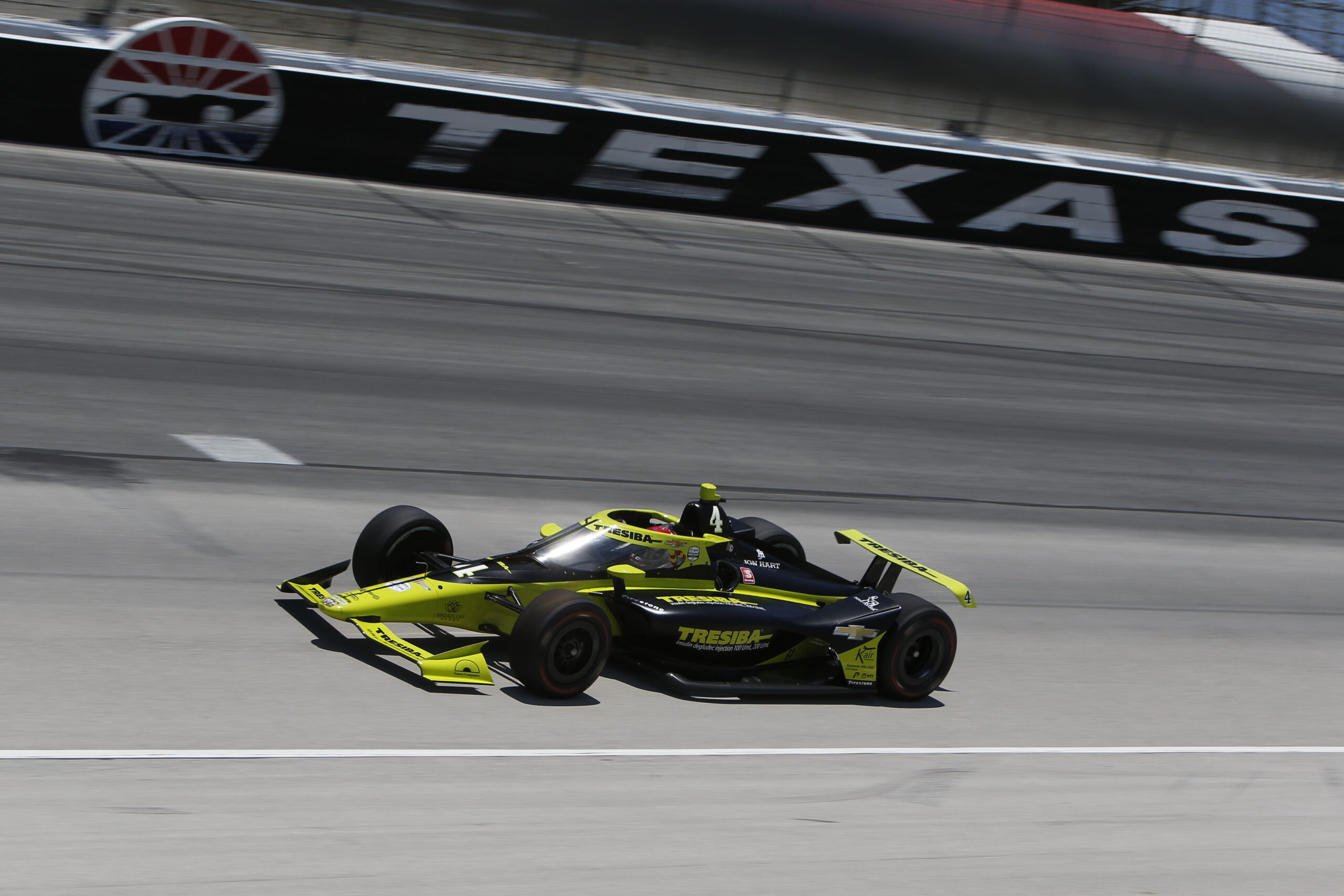
Photo: Indycar.com / Chris Jones
A few laps later, Dixon retook the lead while Newgarden was blocking Rosenqvist, so that he wouldn’t lose two places on one lap. It caused the Swede to fall back a bit again, and he waited until Newgarden’s problem with the vibration returned. So far it had happened at the end of every pitstop, where there were strong vibrations after about twenty-five laps.
The problems for Newgarden indeed continued after his third pitstop, and shortly after that both Charlie Kimball and Zach Veach drove past him, as though he was in a car in a slower category. It didn’t take long for Daly and Carpenter to be right behind the defending champion, but they must find the right place to overtake.
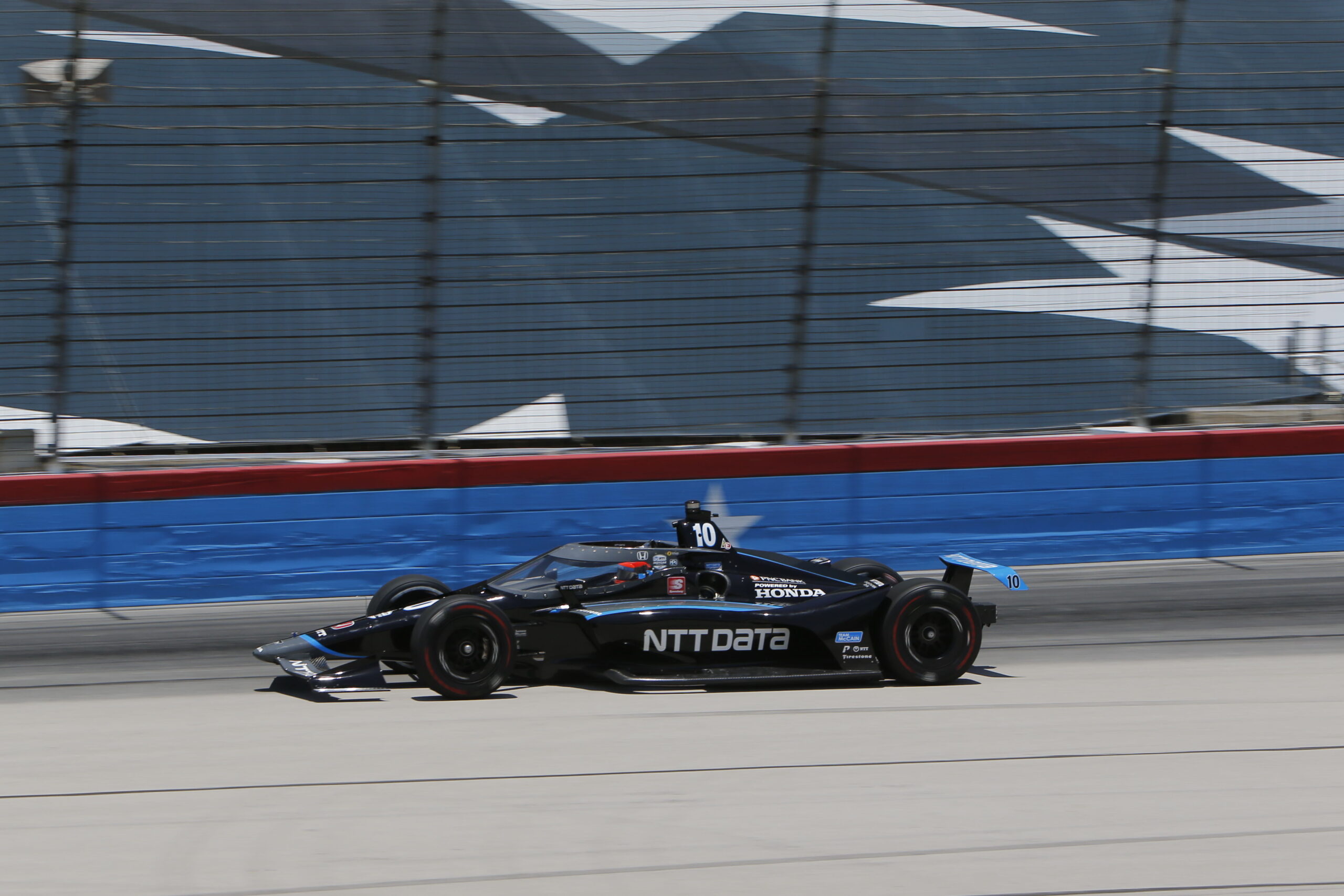
Photo: Indycar.com / Chris Jones
James Hinchcliffe had a problem under his third pitstop, where the mechanics couldn’t take the tires off the car. They had to change their impact wrench, not once, not twice, but three times before they found one that worked. Hence he lost three laps to the leader.
Dixon and Rosenqvist were in a class by themselves, and with fifty laps left of the race, there were almost fifteen seconds to the next competitor, Pagenaud. On the other hand, the next ten cars were within ten seconds of each other.
The fourth pitstop went wrong for Ferrucci, where they didn’t mount the right rear tire on the car before the American tried to leave the pits. It cost him about three laps before he was back on the track again. Although he was quick to be back in the pits again as he experienced some vibrations. The mechanics found some damage to the car that they couldn’t repair.
Jack Harvey was close to putting the car in the wall as he was a bit off the track, but he regained control and could continue without a contact.
Dixon got held up by Rossi in several laps, and it enabled Rosenqvist to get closer. When they both had to get through a big block of traffic, the distance between the two was down to a few cars length.
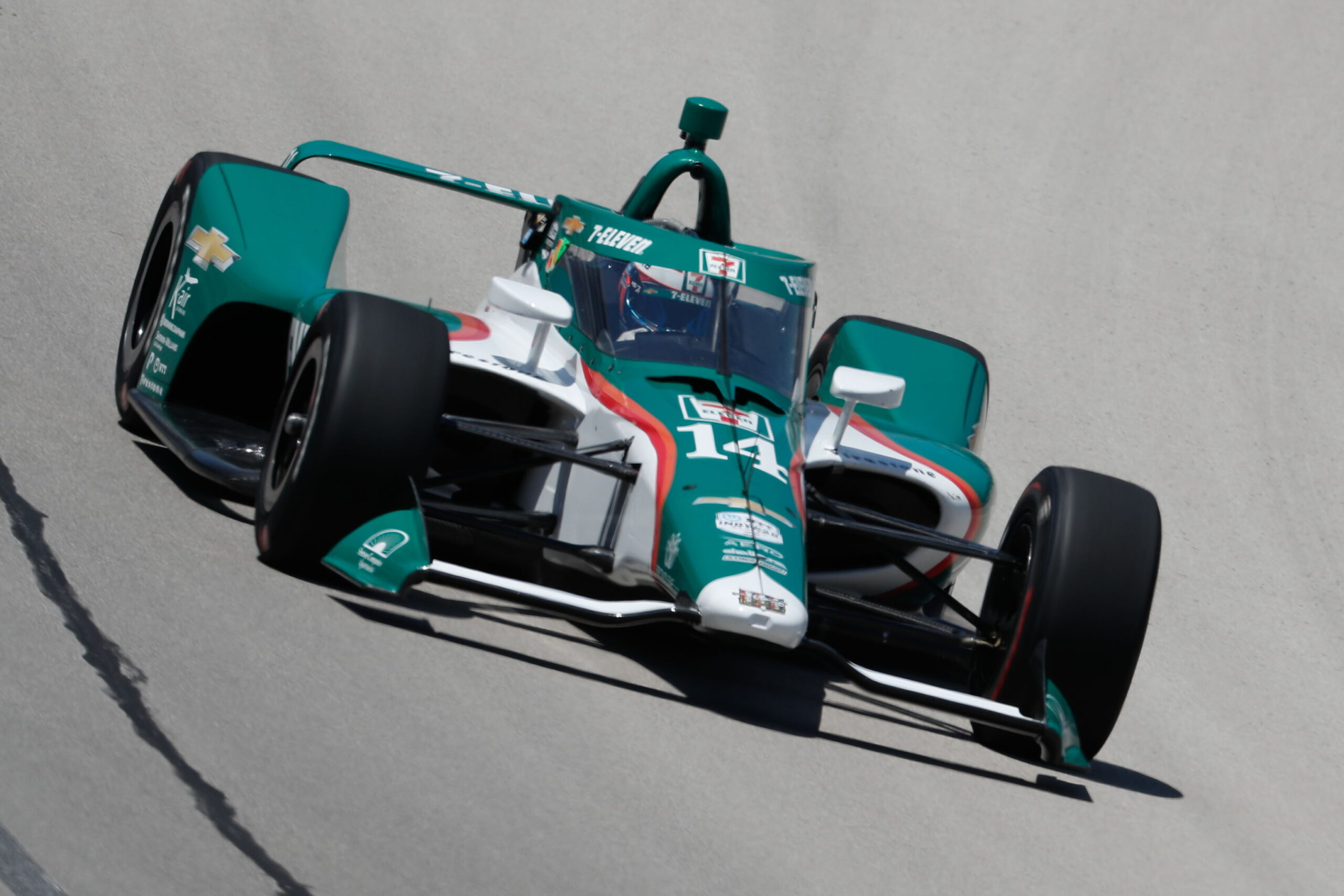
Photo: Indycar.com/Joe Skibinski
The teams began to pit for the last time with twenty laps left. Rosenqvist pitted two laps before Dixon to see if he could get past him with the help of strategy.
Dixon kept the lead of the race, and it pushed Rosenqvist to attempt a desperate overtake on the outside on Hinchcliffe. The Swede lost the car on the dirty track and rolled backwards into the wall. It was such an unnecessary manoeuvre by the Swede, who was otherwise almost guaranteed a second place, since he was ten seconds ahead of Pagenaud in third.
It caused a yellow flag, with a three-lap shootout at the end, with eleven cars on the lead lap. Scott Dixon was lucky to have some cars between him and Pagenaud, so he had a big advantage and could claim victory in a convincing way. Simon Pagenaud finished second, ahead of Josef Newgarden, Zach Veach, Ed Carpenter, Conor Daly, Colton Herta, Ryan Hunter-Reay, Oliver Askew and Tony Kanaan in the top ten. The race was incidentally race number 318 in a row for Tony Kanaan in Indycar/CART, thus setting him a record that won’t be beaten soon. The closest competitor is Dixon, who has 259 starts, so he has to drive three and a half seasons more in order to get past his former teammate’s record.
Charlie Kimball hit the wall on the final lap, but it didn’t have any influence on the result at the top.
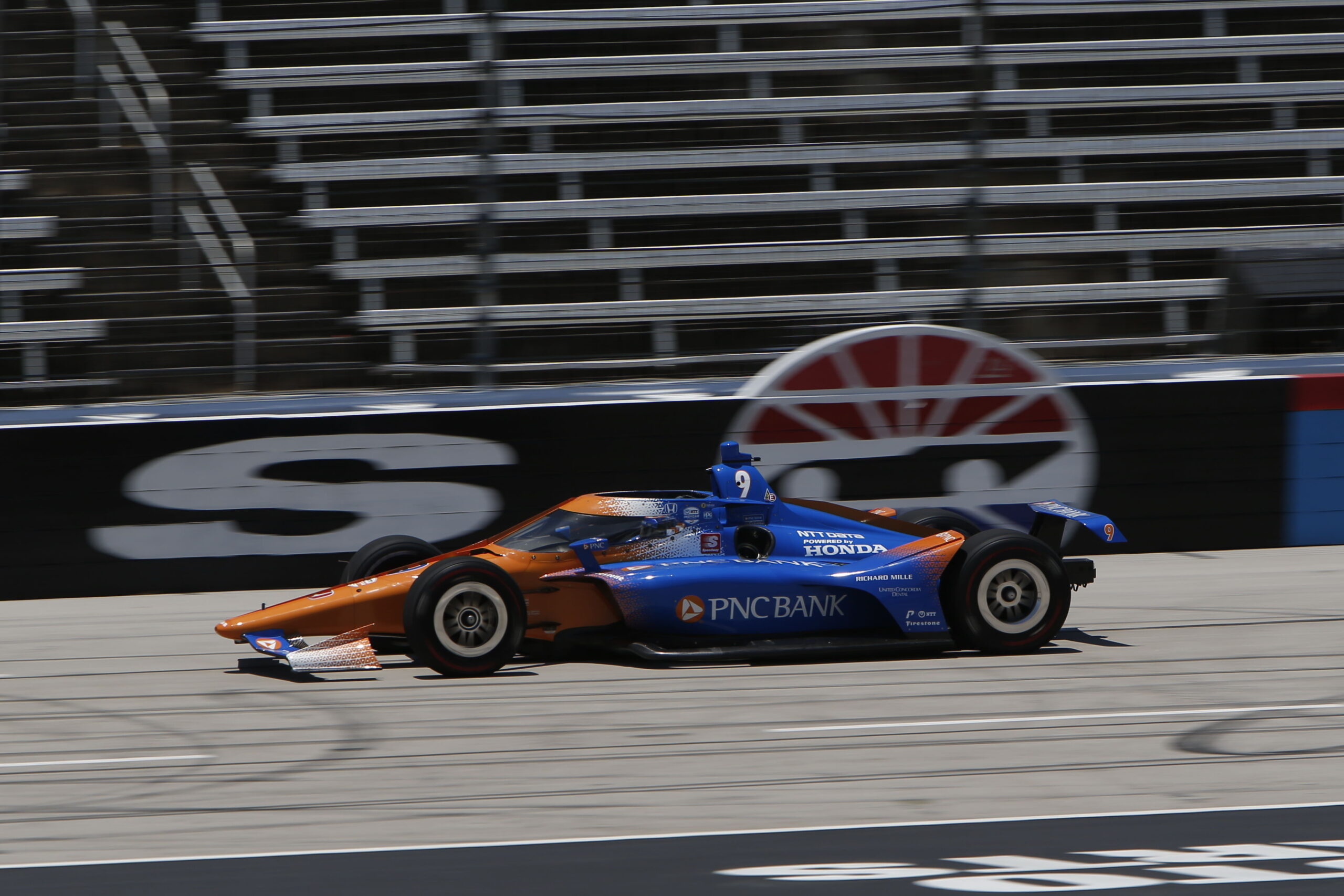
Photo: Indycar.com / Chris Jones
It was the fourth time that Dixon won in Texas, and he was totally untouchable. He had participated in two races this year – and won both. Daytona 24 hours race in the IMSA series, and Genesys 300 in Indycar.
The next race of NTT IndyCar Series will be run on 4 July at Indianapolis Motor Speedway – not on the oval, but on the in-field part of the track, which we also know from the earlier MotoGP and Formula 1 visits on the track.

